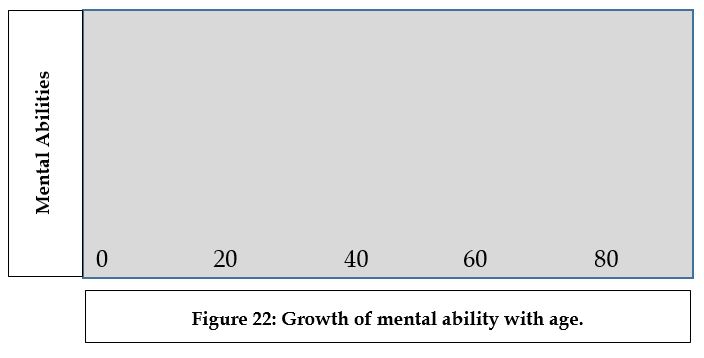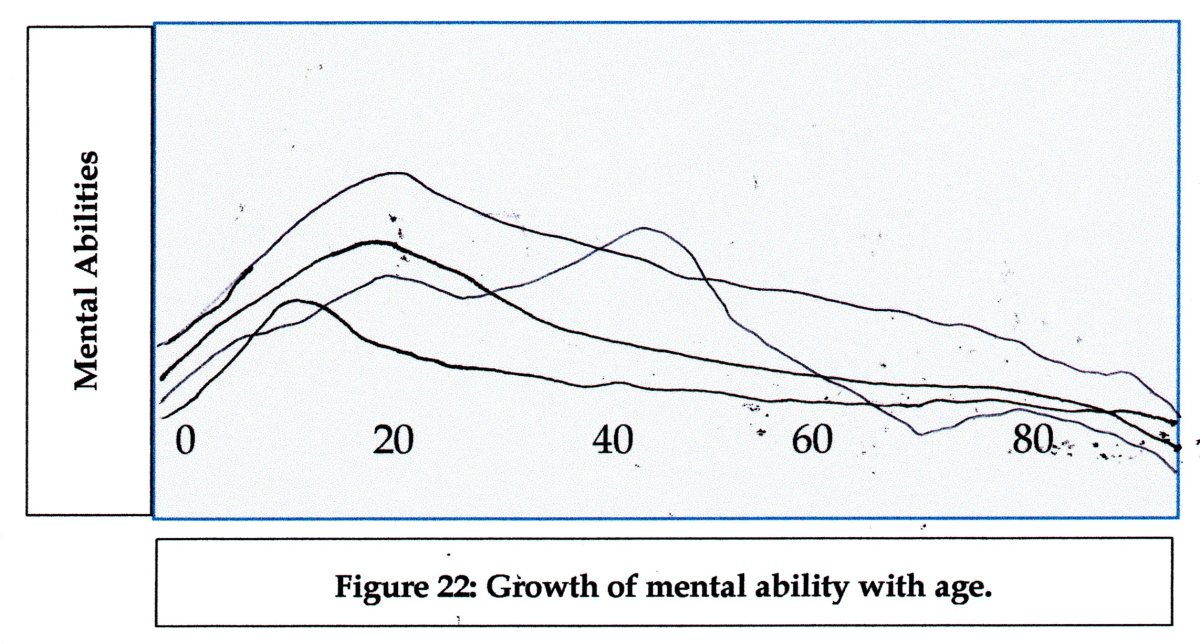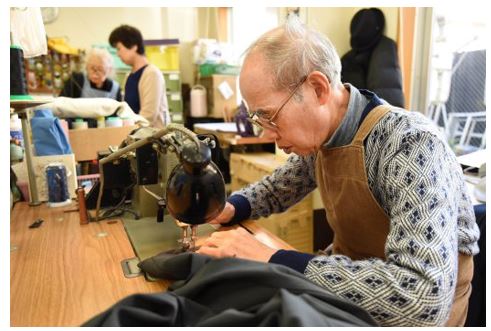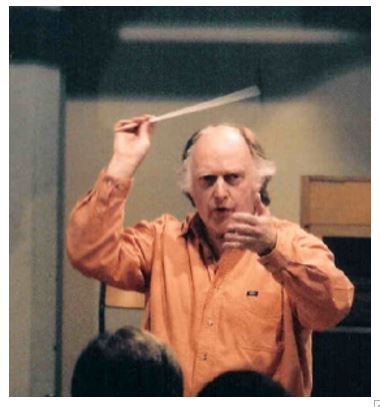Blog Post No.7
14th October
Copyright © Renata Taylor-Byrne 2015
Renata’s Coaching/Counselling blog: Why bother exercising? What’s the point?
Introduction:
 In this blog I am going to explain why we gain so much from exercising, and how it can be very helpful for you in high pressure situations; and to briefly describe one type of exercise which you may not have come across before.
In this blog I am going to explain why we gain so much from exercising, and how it can be very helpful for you in high pressure situations; and to briefly describe one type of exercise which you may not have come across before.
Humans are designed for a primitive lifestyle. We are designed by nature to go out hunting and keep warm, every day. We’re human animals, whose design has specifically developed to have daily exercise and activity as an essential part of our lifestyle.
Many of us in the UK no longer have to go out hunting for food. We can get the food we need from the supermarket, and warmth from a heating system, instead of searching for fuel for a fire.
But our bodies have specifically evolved (in the past) to go out and get what we need in order to survive. So we have to continue to provide our bodies with the daily physical exertion that is a built-in necessity, in order to function properly.
What happens if we don’t exercise?
If we don’t exercise, then, sadly, our muscles start to deteriorate.
Here is some information on this point: In only 24 hours of inactivity your muscle tone starts to deteriorate. Let a year go by without exercise and 50% of the health (and age control) benefits you may have gained from a lifetime of sport are lost!
Our minds also deteriorate from lack of exercise, because we do not have ‘separate’ minds, but rather we have a body-mind! Depression and anxiety will normally increase if (1) we experience stress, (2) we don’t exercise (to get rid of it), and (3) we do nothing else to reduce the stress hormones in our bodies.
But our bodies have evolved a natural way to deal with the stressors we face as we go out into the world every day. I mentioned in last week’s blog post that we have an immediate alerting mechanism called the ‘fight or flight’ response, designed by nature to protect us when we are faced with threats and dangers.
As soon as the danger is passed, the fight or flight response switches off, and our bodies switch into the ‘rest and digest’ mode. In this mode we go into recovery, unwind and relax; and our digestion returns to normal.
The problem is that many people don’t allow the ‘rest and digest’ process (of the parasympathetic branch of the nervous system) to do its job of slowly restoring the body back to normal.
A lot of people know more about the inside of their local supermarket than they do about their own body-mind and how it functions.
So they get stress, piled upon stress, piled upon stress, in their bodies (and minds). They don’t give their bodies time to recover, and end up feeling tired and strained all the time.
Stress hormones are reduced when you exercise
What exercise does is to help you to use up your stress hormones (of adrenaline and cortisol) which have been released in your body to help you fight the threat that your body-mind thinks it is facing. Our body tenses up in preparation for ‘fight ‘ or ‘flight’, and subsequent exercise helps the muscles use this energy up and also relaxes the muscles and lowers your heart rate and blood pressure as well.
Stress has negative effects upon your digestive system (such as ulceration); damage to your arteries (as platelets are released you’re your bloodstream); but it also pushes up your cholesterol level, and has a knock-on effect on weight-gain.
When you’re feeling stressed, your liver produces extra fuel (glycogen and glucose) for the ‘fight or flight’ response. At the same time, your liver’s cholesterol production increases. But exercise helps to remove this excess cholesterol, which helps with both your arterial system and your waistline (by reducing it).
Exercise makes us more resistant to stress because it protects us from the impact of cortisol (one of the major stress hormones). This means that we don’t get as wound-up by annoying events as we used to when we did not exercise. This is good news for those of us who get impatient sitting in a traffic jam, or waiting for significant others to finish a long and rambling description of their day! (Stress gets into everything and makes it worse!)
There are lots of benefits from exercising
Did you know that if you exercise for ten minutes (going out for a brisk walk; walking up stairs, etc.) that this will reduce your physical tension for up to four hours afterwards?
It’s important to understand how stress over-arouses your central nervous system, causing you to feel strained, irritable, and nervous; and making it difficult for you to think clearly (because of the cortisol filling your body-brain-mind).
These negative effects of stress are what make it difficult for you to engage in job interviews or exams, presentations or special events. These kinds of events can be much less of an ordeal if your body is well rested and exercised.
If your body is less tense, the negative, self-frightening messages from your mind, about the forthcoming challenge, won’t be able to exert the same power over you.
The vicious circle of a tense (stressed) body responding with even more stress to an anticipated future event – which you see as a scary challenge – will be short-circuited to the degree that you exercise and relax. Relaxed muscles will reduce your stress level!
This is a fast and effective way to greater self-confidence!
Additional benefits
Research done with different populations shows that you have a 50% lower chance of developing bowel cancer if you exercise.
Exercise also reduces inflammation in the body; and much recent research suggests that all major illnesses begin as inflammation. The mechanism of reduction here is that exercise strengthens the immune system, which then repairs damaged tissue and reduces and eliminates inflammation.
But what sort of exercise is right for you?
Different individuals thrive on different forms of exercise. It can involve a long search to find the sort of exercise that is really right for you. But exercise that you enjoy will help your body release feel-good hormones, called endorphins, which will quickly change your mood if you are feeling anxious or depressed. So try some different forms of exercise to find out what works best for you.
My favourite forms of exercise are as follows:
The first one is called ‘Chi-gong’ (or Qi Kung), and is a type of T’ai chi. It consists of very simple movements, which you do every day. If you go to China you will see people doing the exercises in the parks, in the early morning. (You can see a demonstration here: # Qigong – Chi Kung – http://www.youtube.com/watch?v=9qQKCB1At3k&feature=related)
The great thing about Chi-gong is its simplicity. No special equipment is needed, and you can quickly feel the benefits to your body. And millions of ordinary Chinese people can’t be wrong! J
 My second favourite form of exercise is dancing, and the benefits to the body are very obvious – here’s a picture of Tao Porchon-Lynch. She does ballroom dancing (and entering competitions) along with being a yoga teacher:
My second favourite form of exercise is dancing, and the benefits to the body are very obvious – here’s a picture of Tao Porchon-Lynch. She does ballroom dancing (and entering competitions) along with being a yoga teacher:
By the way, she’s 95, and she’s one of my top role models.
Finally, here is a link to a great book which Jim and I reviewed, called ‘Spark’ about how exercise affects our brains and improves mental performance and stimulates brain growth. www.abc-counselling.com/id373.html
I’ll finish with a quote from Dr John Ratey, who wrote ‘Spark’ with Eric Hagerman:
‘The better your fitness levels, the better your brain works’.
Ratey and Hargerman (2009, page 7)
They also mention that: ‘Population studies which have included tens of thousands of people of every age show that fitness levels relate directly to positive moods and lower levels of anxiety and stress’.
That’s all for now. Happy exercising!
Best wishes,
Renata
Renata Taylor-Byrne
Coach-Counsellor
The Coaching/Counselling Division
Renata4coaching@btinternet.com
01422 843 629
~~~

 In this blog I want to share with you some of the insights and useful ideas from Barbara Sher in this book on self-understanding and career development. I hope you find them of some use as you design or redesign your life. She did a lot of research into how we grow, and develop into completely unique human beings.
In this blog I want to share with you some of the insights and useful ideas from Barbara Sher in this book on self-understanding and career development. I hope you find them of some use as you design or redesign your life. She did a lot of research into how we grow, and develop into completely unique human beings. If you have reached midlife, you may feel that your possibilities are more restricted than when you were younger, and this view is encouraged by our surrounding society. Employers, despite government legislation, still see older people as less employable than younger candidates for the same job.
If you have reached midlife, you may feel that your possibilities are more restricted than when you were younger, and this view is encouraged by our surrounding society. Employers, despite government legislation, still see older people as less employable than younger candidates for the same job. How does this affect us? We are like sponges, and all the messages we get from our culture, including the media, soak into us. Some of these messages need looking at carefully, because they are poisonous, and very bad for our physical and mental health.
How does this affect us? We are like sponges, and all the messages we get from our culture, including the media, soak into us. Some of these messages need looking at carefully, because they are poisonous, and very bad for our physical and mental health. I asked the students to draw a line on the graph, showing how they thought mental ability developed– upwards or downwards (meaning improving or declining) – as we get older. I asked them to draw the line in felt tip from the left to the right hand side of the graph, indicating a rise or fall.
I asked the students to draw a line on the graph, showing how they thought mental ability developed– upwards or downwards (meaning improving or declining) – as we get older. I asked them to draw the line in felt tip from the left to the right hand side of the graph, indicating a rise or fall.

 Now to return to Barbara Sher’s key ideas: She considers that middle age is not a time for the start of decline. This is what she says:
Now to return to Barbara Sher’s key ideas: She considers that middle age is not a time for the start of decline. This is what she says: “…start paying attention to your dreams to see how you want to live. You begin to write the books that are in you, or go into the theatre and become an actor like you’ve always wanted, or you become an Arctic explorer, or a business owner, or you build a community you’ve always known was possible, or you head out to see the world you’ve always longed to see. In other words you start to live your life to suit who you really are.”
“…start paying attention to your dreams to see how you want to live. You begin to write the books that are in you, or go into the theatre and become an actor like you’ve always wanted, or you become an Arctic explorer, or a business owner, or you build a community you’ve always known was possible, or you head out to see the world you’ve always longed to see. In other words you start to live your life to suit who you really are.” She considers that when we were young, in order to survive and fit in, we gave away a lot of our personal rights, because… ”You were struggling for love and status and you thought you had to…”
She considers that when we were young, in order to survive and fit in, we gave away a lot of our personal rights, because… ”You were struggling for love and status and you thought you had to…” Conclusion
Conclusion